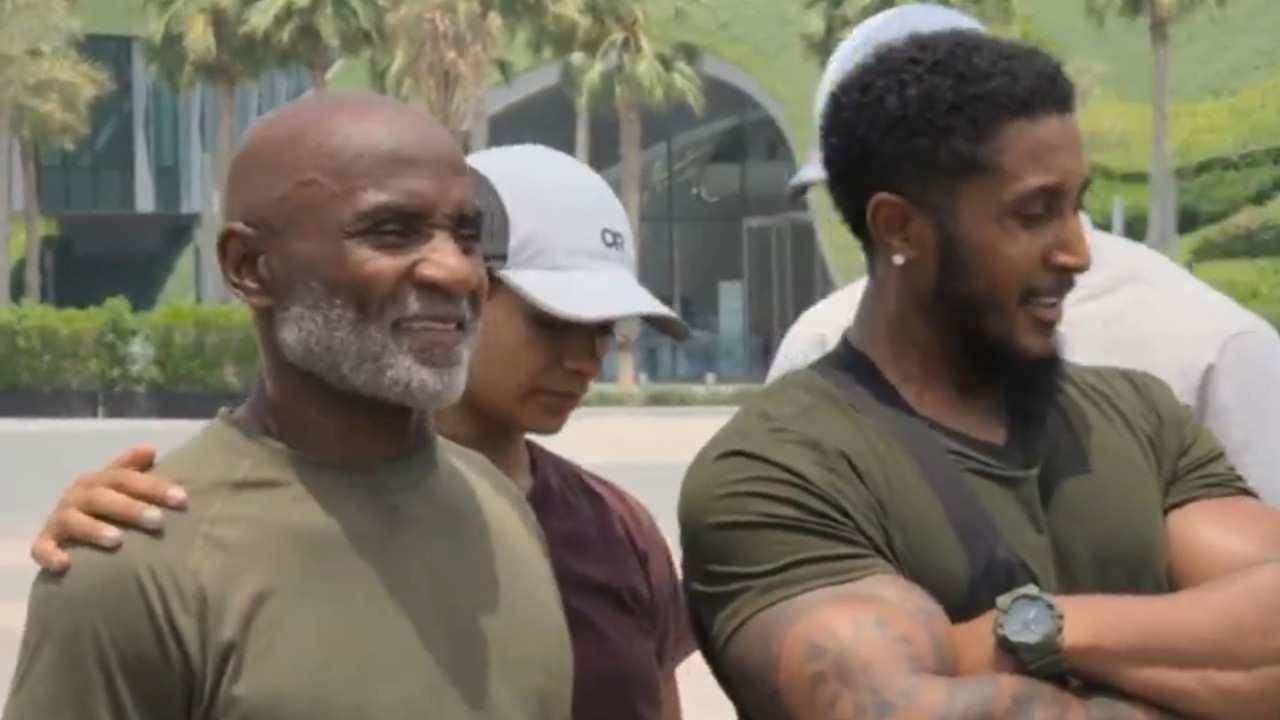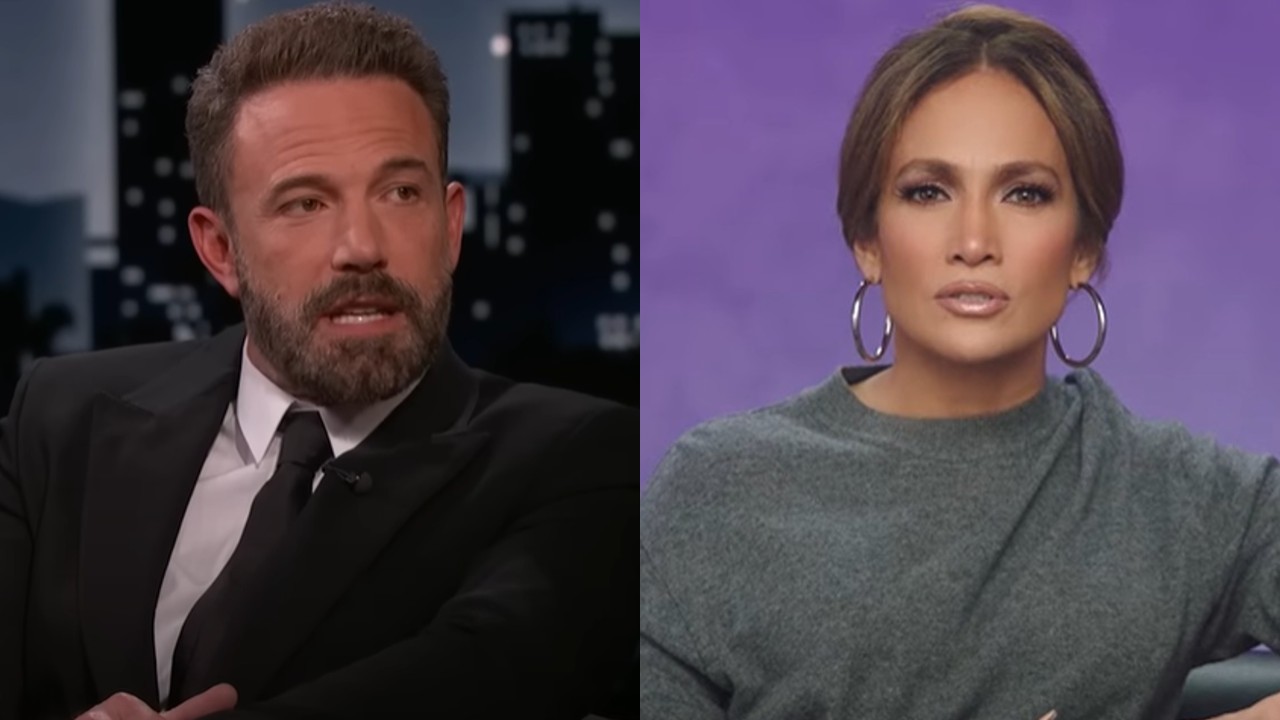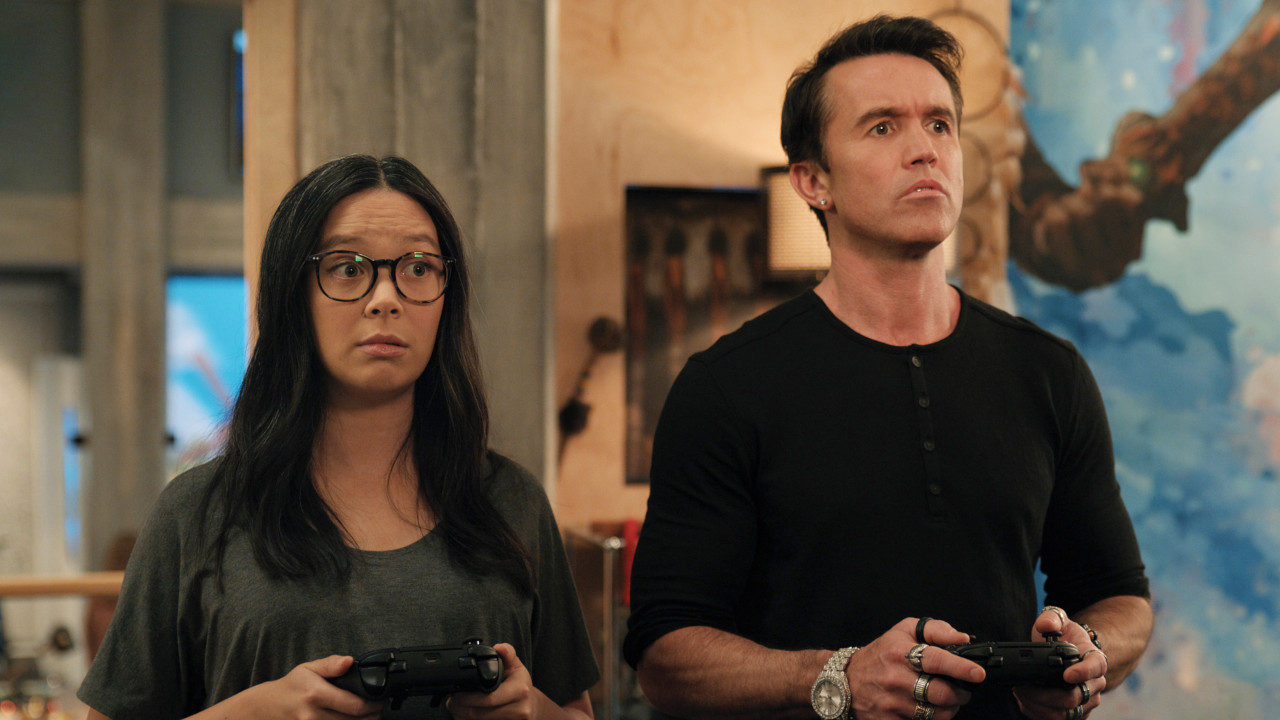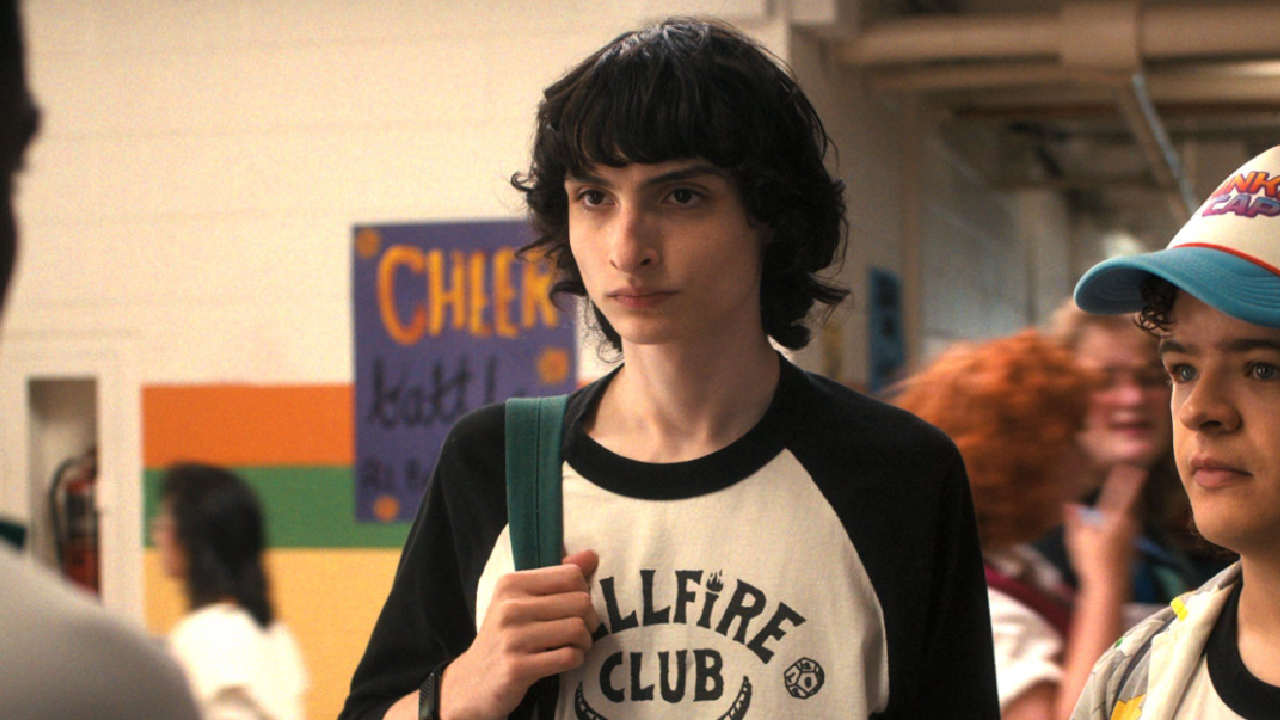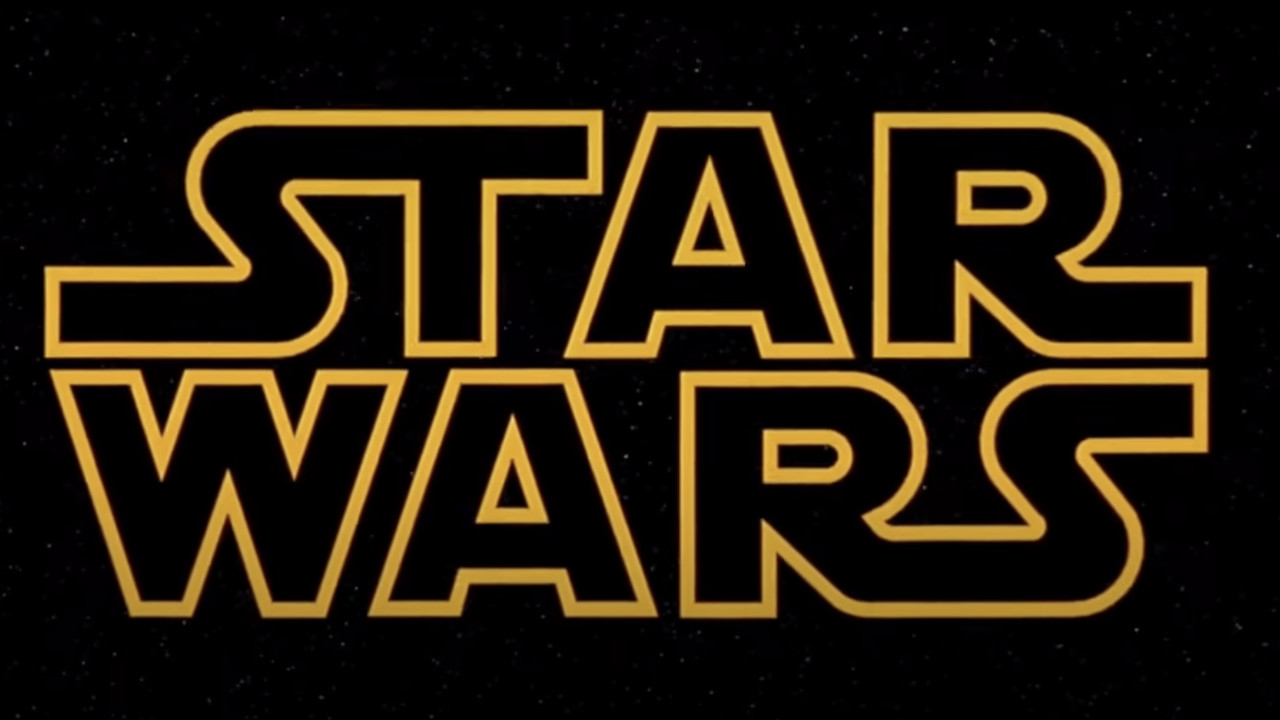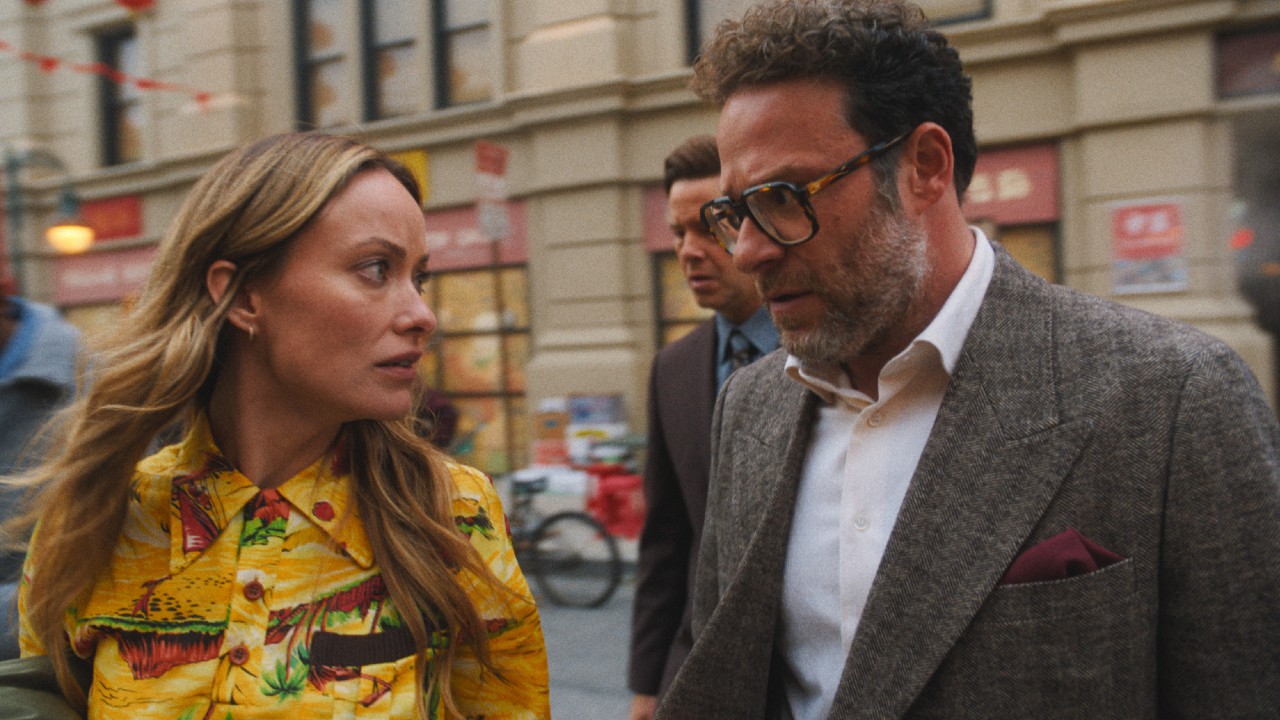How To Watch Doctor Who: A Newbie's Guide
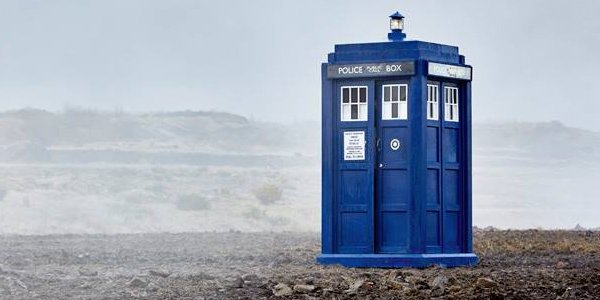
So, just who is Doctor Who, you ask? Well, the first thing to know is that the character is actually known as the Doctor (otherwise unnamed), as opposed to ever being called Doctor Who, which is simply the name of the long-running series. The Doctor comes from a planet called Gallifrey and those of his highly advanced species are known as Time Lords. The Doctor rejected the boring oligarchy of his people, however, and went rogue with his stolen TARDIS (more on this magnificent machine later). Despite looking the same, his people are biologically a bit different than human beings. They have two hearts, and among their most fascinating abilities is their power of regeneration. When a Time Lord dies (assuming the circumstances aren't too extreme), he or she is born again in a new body.
Doctor Who is a show that can seem pretty daunting to get into. After all, it's been running (with a break here and there) since 1963 with the same continuity. Lucky, the idea behind Doctor Who is very simple: the Doctor travels around space and time in a device called the TARDIS. He usually brings along a rotating selection of companions on adventures throughout the universe.
Time Lord regeneration is what has allowed for Doctor Who to continue on as series with the same protagonist for more than half a century. When the Doctor regenerates into a new body, it's not as simple as him or her looking differently. Each iteration of the Doctor has certain personality traits all their own. Here's the official lineup of Doctors!
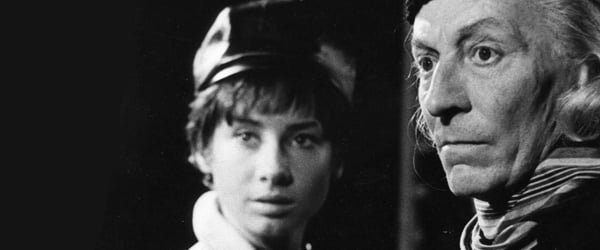
The First Doctor - William Hartnell
The white-haired William Hartnell makes his debut as the Doctor in the very first episode, 1963's "An Unearthly Child". The title character of that episode is Susan, the Doctor's granddaughter, who attends school on Earth while the Doctor keeps the TARDIS in a nearby junkyard. When two of Susan's teachers wind up discovering the Doctor's secret, they wind up joining Susan as the Doctor's first companions.
The first Doctor tends to be a bit more curmudgeonly than his subsequent regenerations. By the time William Hartnell was done with the role, Susan had already been written out of the show in favor of new companions. Since Hartnell's death in 1975, the role of the first Doctor has been played by other actors, including Richard Hurndall and David Bradley. After all, when the Doctor travels in time, he sometimes runs into himself.
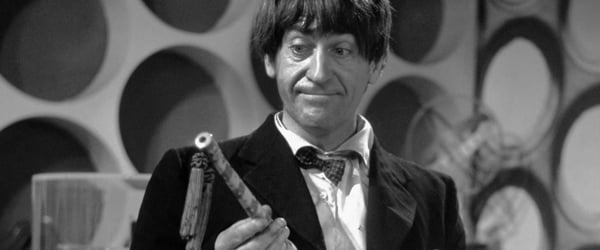
The Second Doctor - Patrick Troughton
Unfortunately, the actual first regeneration is lost to time. The BBC didn't do the greatest job with their archiving and, sadly, several Doctor Who episodes are lost, Patrick Troughton's 1966 debut among them.
A bit more laid back than the first Doctor, the second Doctor wears ill-fitting clothes and has a fondness for playing the recorder. When situations became dire, Patrick Troughton's Doctor is nevertheless every bit as clever as his predecessor.
CINEMABLEND NEWSLETTER
Your Daily Blend of Entertainment News
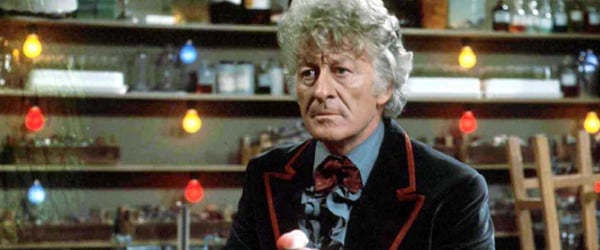
The Third Doctor - Jon Pertwee
When Jon Pertwee took over as the third Doctor in 1970, Doctor Who changed a bit as a series. Now in color, the show follows a dramatic exit from Patrick Troughton, leading to the Doctor being judged by the Time Lords and then exiled to Earth. There, he works with UNIT (the fictional United Nations Intelligence Taskforce) to protect the Earth from extraterrestrial threats.
At one point called a "fancy pants" by his predecessor, Jon Pertwee's third Doctor comes off as a lot more debonair than either William Hartnell or Patrick Troughton's version. Eventually, the third Doctor regains the use of the TARDIS. UNIT's leader, Brigadier Lethbridge-Stewart, with whom the Doctor becomes quite close, remains a recurring character for some time and eventually the torch is passed to his daughter, Jemma Redgrave's Kate Stewart.
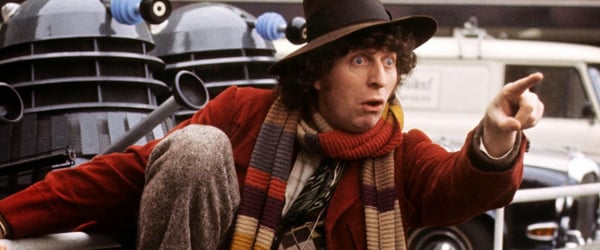
The Fourth Doctor - Tom Baker
The actor to play the role the longest, Tom Baker's reign as the fourth Doctor lasted from 1974 to 1981. He's arguably the best known Doctor, wrapped in a massive scarf underneath a mop of curly hair and often seen traveling with a robotic dog companion, K-9, and offering Jelly Babies to just about everyone in the universe.
The fourth Doctor actually traveled with another Time Lord, Romana, for a period. Initially played by Mary Tamm, Romana actually regenerates herself into a version played by Lalla Ward. Tom Baker made what is likely to be his last Doctor Who appearance in the recent 50th anniversary special, "The Day of the Doctor". There, he plays a mysterious man known only as The Curator.
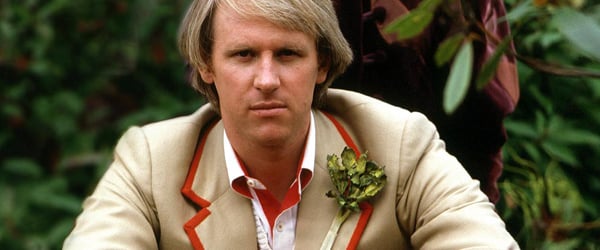
The Fifth Doctor - Peter Davison
Peter Davison took over as the fifth Doctor in 1982. His clean cut look was a stark contrast to Tom Baker's performance and, during his three year run, Davison came up against a lot of classic Doctor Who foes.
The fifth Doctor also liked to wear a piece of celery on his lapel and displayed a love of the sport of cricket.
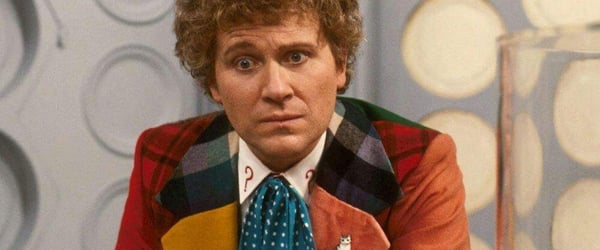
The Sixth Doctor - Colin Baker
No relation to Tom Baker, Colin Baker took over as the sixth Doctor in 1984 and himself played the role for three years. Clad in a coat of brilliantly clashing patchwork colors, the sixth Doctor was nevertheless incredibly determined and focused.
The sixth Doctor initially had trouble with his regeneration, causing him to almost murder one of his companions. There's a dark side to the Doctor that starts to become more apparent during the Colin Baker years.
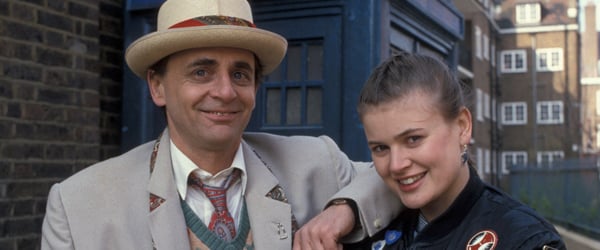
The Seventh Doctor - Sylvester McCoy
The final Doctor of the show's original run, Sylvester McCoy played the part from 1987 until the show went off the air in 1989. While the show continued to explore the Doctor's dark side, McCoy also brought a lot of humor to the part.
While Tom Baker can claim the longest run of continuous episodes, Sylvester McCoy has a mighty Doctor Who reign from another perspective. The show would remain off the air until a TV movie in 1996. In it, McCoy reprises the role, regenerating as the story begins. While he may only have a dozen episodes to his name, he was apparently the Doctor for a lot of adventures we never saw.
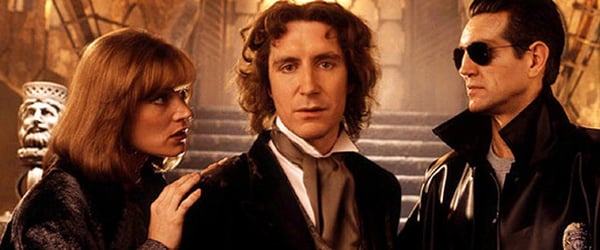
The Eighth Doctor - Paul McGann
Paul McGann played the Doctor in a 1996 TV movie that was designed as a backdoor pilot for a new show that never came to be. While McGann's Victorian looking Doctor only headlined the one adventure, he would reprise the role in a short that tied to the 50th anniversary special.
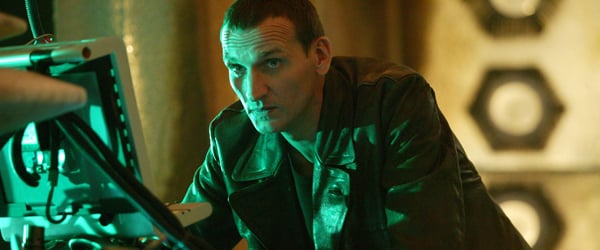
The Ninth Doctor - Christopher Eccleston
Doctor Who was finally relaunched in 2005 with Christopher Eccleston as the ninth Doctor. A lot has changed for the character, though, with the Time Lords having been wiped out after a massive war. Now, the Doctor is the last of his kind.
Unfortunately, Christopher Eccleston did not enjoy his time on Doctor Who. Although it was always the plan to have him exit after one season, Eccleston elected not to return for the 50th anniversary special.
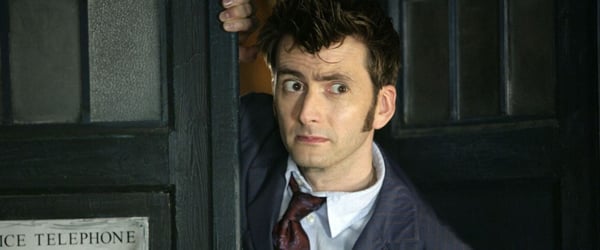
The Tenth Doctor - David Tennant
The appropriately named David Tennant became the tenth Doctor from 2005 to 2010, a period during which the show became immensely popular all over the world.
While the tenth Doctor is, for the most part, charming and optimistic, David Tennant would continue to explore a darker side of the Doctor, intensified by the things he saw and was forced to do during the war that killed his people.
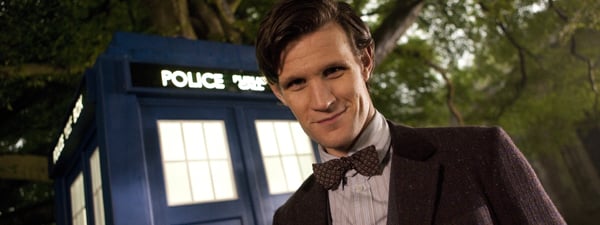
The Eleventh Doctor - Matt Smith
In 2010, Matt Smith brought a childlike sense of wonder to his bow-tied eleventh Doctor. The bow tie itself was a callback to Patrick Troughton's second Doctor with Smith's years very much reflecting the Bob Dylan line, "I was so much older then, I'm younger than that now."
Matt Smith's eleventh Doctor defined youth as a state of mind, capturing the Doctor as an ancient spirit with a boyish smile.
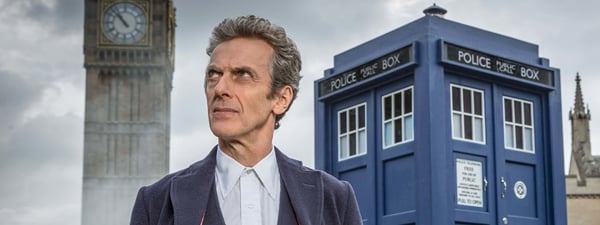
The Twelfth Doctor - Peter Capaldi
Countering the youthfulness of Matt Smith's eleventh Doctor, Peter Capaldi -- a lifelong Doctor Who fan -- took over as the twelfth Doctor in 2013. Capaldi had previously guest starred as a different character during David Tennant's run and it is explained that the Doctor consciously borrowed that character's face.
Peter Capaldi may be the current Doctor, but he won't be for much longer. His final appearance in the role is set to be the upcoming Christmas special, "Twice Upon a Time".
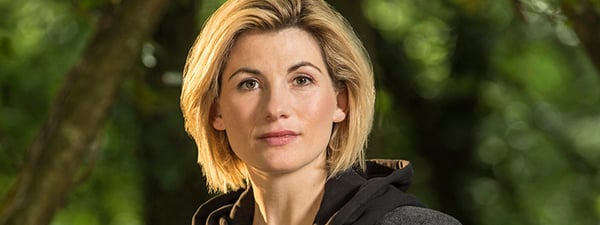
The Thirteenth Doctor - Jodie Whittaker
It's likely the upcoming Christmas special where we'll meet Jodie Whittaker's thirteenth Doctor. It's the first female regeneration for the character, but it's been established that Time Lord gender can be pretty interchangeable.
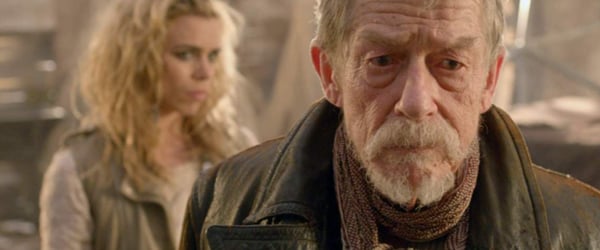
The War Doctor - John Hurt
When Christopher Eccleston didn't return for the 50th anniversary special, a storyline was developed that revealed a secret regeneration known as the War Doctor, played by none other John Hurt. Although an official regeneration, the War Doctor doesn't really get counted like the others.
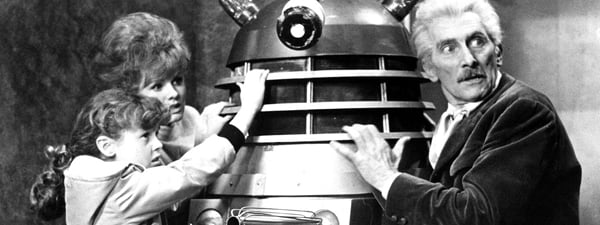
The Movie Doctor - Peter Cushing
Sort of the the Never Say Never Again of the Doctor Who franchise, 1965's Doctor Who and the Daleks was one of two feature films to star Peter Cushing as the Doctor. Neither it nor its 1966 sequel, Daleks -- Invasion Earth: 2150 A.D., tie into Doctor Who continuity in any way and you're probably better off just pretending they don't exist. Instead, lets take a trip inside the TARDIS!
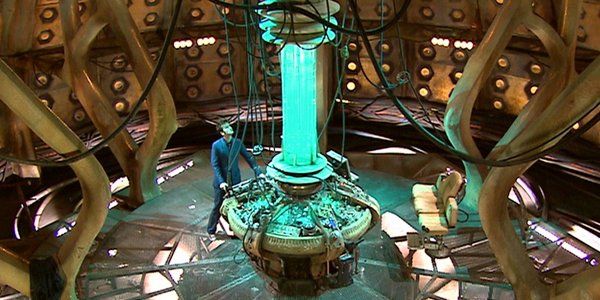
What Is The TARDIS?
The Doctor travels in a device called the TARDIS (Time And Relative Dimensions in Space) which appears from the outside to look like a British Police telephone box. That's because the TARDIS is equipped with what's called a chameleon circuit. It transforms the outside of the vehicle to match its various surroundings. If you go to a forest planet, it may look like a tree and it you go back in time to the old west, it might assume the form of a stagecoach. The Doctor's TARDIS, however, has a faulty circuit and it's been stuck blending into 1963 London for a very, very long time.
As odd as it might seem to a non Time Lord, the inside of the TARDIS is quite a bit larger than the outside. How big is the TARDIS? The series has never said definitively but, while we rarely get to see them, the inside includes bedrooms, wardrobes, libraries and even a swimming pool! Most of the action tends to take place in a central control room. That room has changed a bit throughout the series and it has been explained that the Doctor has several different control rooms that he can set the entrance to lead to.
It has been explained that the Doctor stole his TARDIS from his homeworld of Gallifrey so that he could adventure across space and time. Thanks to its central matrix, the TARDIS has its own silent personality. Once, though, it was placed in a humanoid body and she told the Doctor that their origin was actually the other way around: in order to to see the universe, she stole a Time Lord.
The TARDIS has quite a few other great functions that assist the Doctor on a regular basis. One of the most handy is a translation field that extends out quite a ways. That's why, when the Doctor lands on alien planets or even other parts of the Earth, everyone seems to be speaking English.
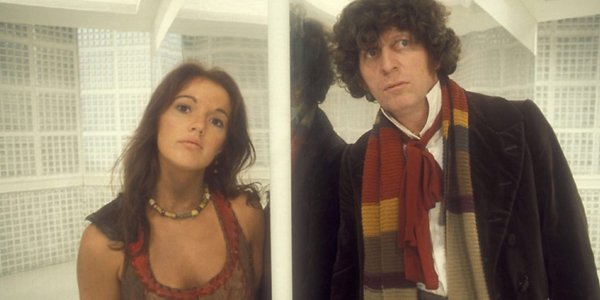
The Companions Of Doctor Who
Since the very beginning, the Doctor has had traveling companions. Usually, they're friendly faces that he encounters somewhere in time and space. While the Doctor sometimes travels alone, he more often than not has at least one companion with him. Over the decades, those have ranged from robot dogs to fellow Time Lords to leather clad warrior women. Sometimes companions last a single episode while others stay on the show for years.
While the Doctor goes out of his way to protect those in his care, not every companion gets a happy ending. Some have ended their travels with the Doctor in death while others have suffered what are arguably even worse fates.
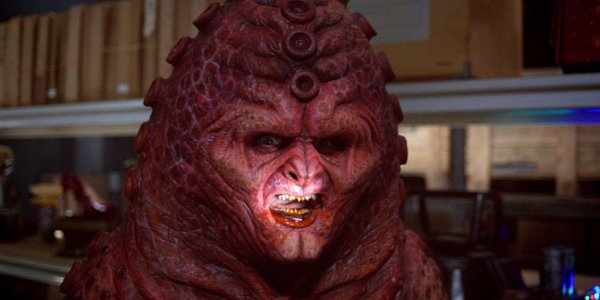
The Villains Of Doctor Who
Doctor Who is very much a show about monsters. While most episodes introduce all new races, there are also quite a few returning foes. Lets take a look a few of the major ones.
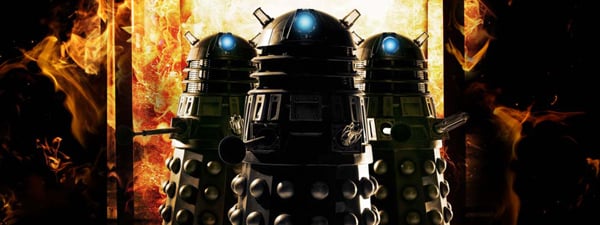
The Daleks
Having made their debut in the Doctor's second adventure (appropriately titled "The Daleks"), the Daleks are the most recurring foe throughout all his or her regenerations. The Daleks are actually mechanical suits operated by disgusting tentacled mutants from the planet Skaro. They quite love to shout "Exterminate!" As the series progressed, it was revealed that the Daleks were designed by a scientist called Davros who, himself, came to face off against the Doctor quite a bit.
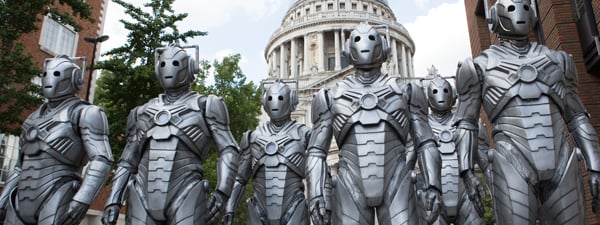
The Cybermen
Introduced in the first Doctor's final adventure, "The Tenth Planet" the Cybermen are a mechanized race that, like the Borg of Star Trek, assimilate other beings into their augmented species. There have been several iterations of the Cybermen, but they tend to have one big weakness: gold. The Doctor has been able to use the rare element to stop the Cybermen's invasion plans on more than one occasion.
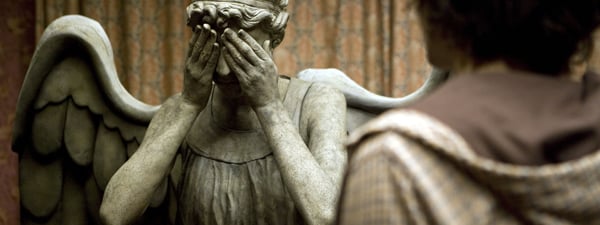
The Weeping Angels
Introduced in 2007's "Blink," the Weeping Angels are a race of creatures that feed on potential energy. They appear as statutes, covering their eyes to avoid accidentally seeing one another. They exist in a quantum state and can't move if someone is looking at them. That's why it's so dangerous to close your eyes around them even for a second. Since their introduction, the Weeping Angels have become one of the most popular monsters introduced in the new iteration of the series.
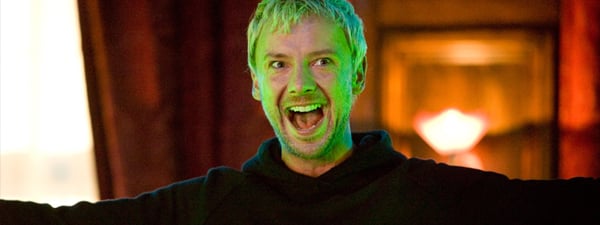
The Time Lords
Despite him being one of them, the Doctor tends to find himself coming into conflict with Time Lords quite a bit. Sometime that means facing off against Rassilon, the ancient founder of Galifreyean culture. More often than not, though, it means the Master. The Master (or Missy, in her later regeneration) was once a close friend of the Doctor, but the Master took a sadistic path through the universe that the Doctor has been forced to stop on more than one occasion.
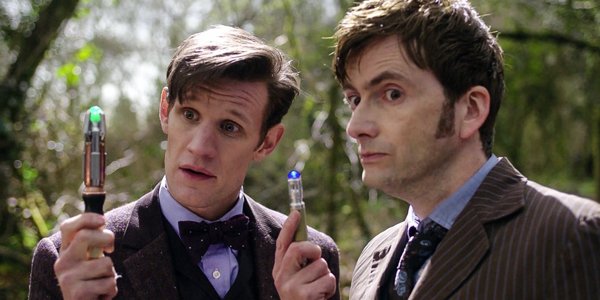
The Doctor And The Sonic Screwdriver
When he's in a bind, The Doctor often turns to his trusty sonic screwdriver. It's sort a small catch-all device that can be used to do anything from reprogramming robots to unlocking doors. While it's been made clear that the screwdriver itself has the same central core, the look of the device changes quite a bit over the years. Recently, Peter Capaldi made use of a pair of sonic sunglasses before he was ultimately given his own sonic screwdriver design.
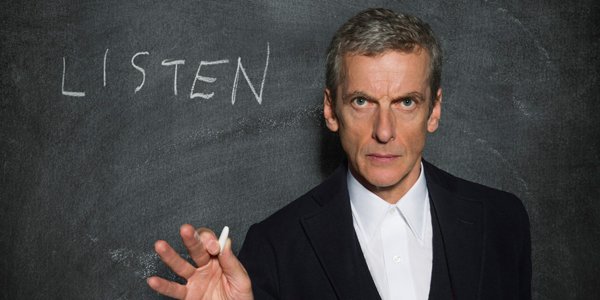
The Essential Doctor Who
When it comes to jumping into the series, you'll have to decide whether you want to start with classic Doctor Who or the new Doctor Who. The big difference is the format. The current show airs in hourlong episodes. Originally, though, Doctor Who was broadcast in serialized chapters. In general, four to eight half-hour episodes would make up a full serial adventure. No matter where you jump in, you'll likely get with the flow of things pretty quickly. For best results, however, here are six episodes that are perfect for Doctor Who newbies.
"An Unearthly Child" is where it all begins. If you're anxious to catch up with modern Doctor Who, though, you're gonna have a LOT of watching to do if you start here. You also want to be sure that you don't mind either the black and white look or the show's very, very low budget.
"Spearhead From Space," the first adventure of the third Doctor, serves as a soft reboot of the series and is perfect for anyone who wants to experience early Doctor Who. The first episode in color, it was shot on film, making it one of the only original episodes to get a Blu-ray release.
"The Ribos Operation" is the first part of a six-part adventure (26 half-hour episodes) with the Fourth Doctor. While each part tells its own story, there's a bigger story that unfolds in bringing all six chapters together. What's more, the 1978 season marked the arrival of a soon-to-be famous name on the Doctor Who writing staff: The Hitchhiker's Guide to the Galaxy author Douglas Adams!
"The Five Doctors" is built for die-hard fans, but it's so all-encompassing that some might find it the perfect place to begin. Released in 1983 in celebration of the show's then 20th anniversary, "The Five Doctors" brings together every incarnation of the Doctor to date for a special adventure celebrating the show's legacy.
"Rose" is the first episode of the 2005 series and is literally designed to bring new viewers into Doctor Who fandom. Not only do you meet Christopher Eccleston's ninth Doctor, the episode marks the first appearance of the title companion. Played by Billie Piper, Rose continues as a companion into the David Tennant era.
If you're curious about Doctor Who but aren't sure you're going to like it, give "Blink" a try. The 2007 episode is almost entirely self-contained. Even the Doctor barely appears in what ends up being a really clever --- and surprisingly scary --- time travel adventure. What's more, the episode is headlined by Academy Award nominee Carey Mulligan.
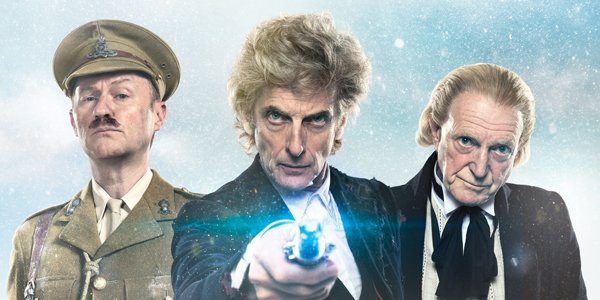
What's Next For the Doctor?
Peter Capaldi will say goodbye with this year's Christmas Special. Titled "Twice Upon a Time," the episode is set during the 1966 episode "The Tenth Planet," and will see Capaldi's twelfth Doctor cross paths with the very first Doctor. Although William Hartnell has passed, David Bradley is set to play the role. He previously played Hartnell himself in the 50th Anniversary behind-the-scenes movie An Adventure in Time and Space.
While there's no assurance yet that she'll appear in the Christmas episode, 2018 will absolutely see Jodie Whittaker take over Doctor Who as the show's first female Doctor. After that, there are no limits to where Doctor Who might go. If the past 50 years are any indication, it's a show that will be around for a long, long time to come.
